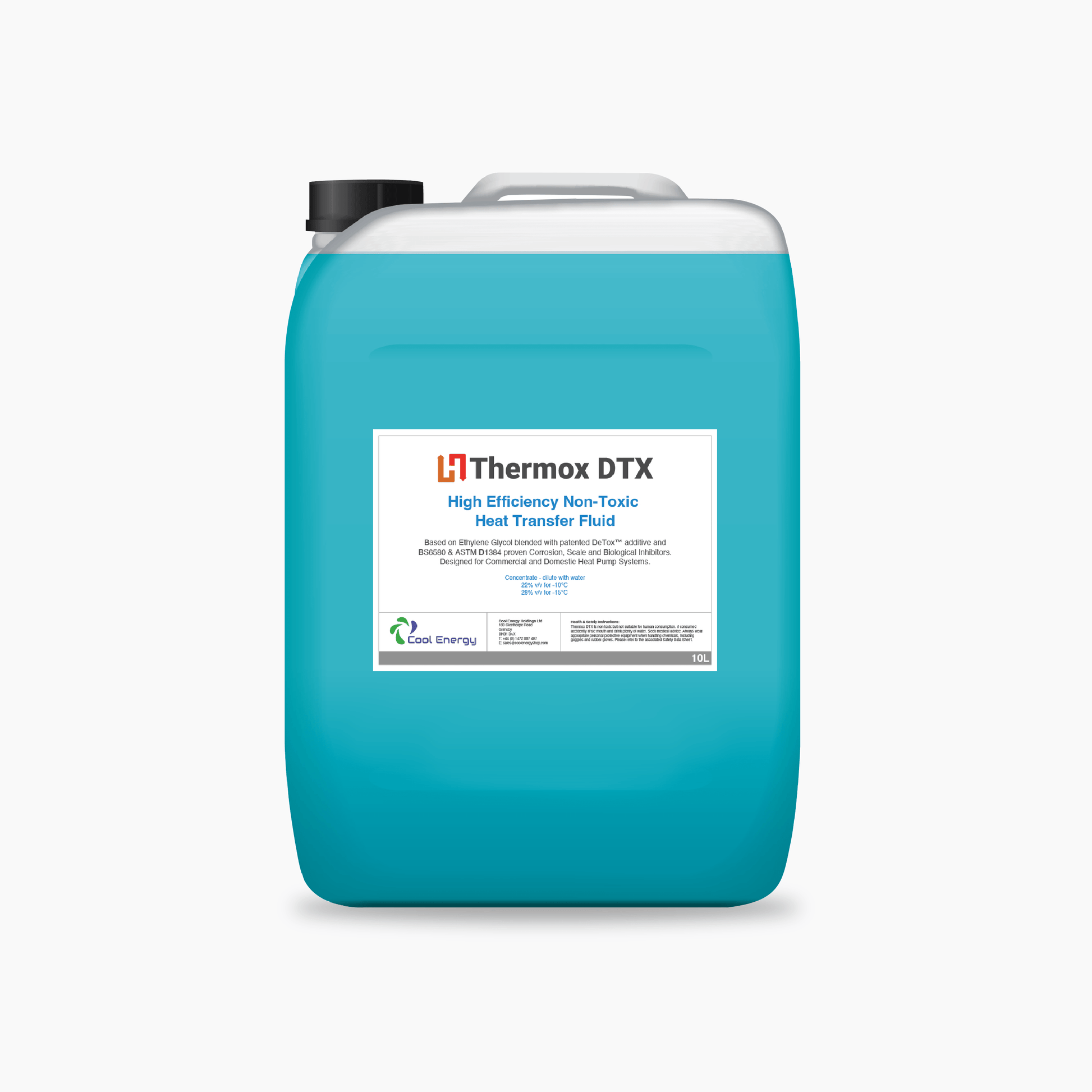How Warm Transfer Fluid Adds To Lasting and Cost-Effective Operations
In the contemporary commercial landscape, the role of warm transfer liquids (HTFs) in advertising lasting and cost-efficient operations can not be overstated. These fluids are critical in enhancing thermal administration systems, thus considerably enhancing energy efficiency and minimizing operational costs. The environmental advantages of innovative HTFs, with their high thermal security and low toxicity, are obvious. They not just extend system long life but likewise add to the reduction of harmful discharges. Yet, truth capacity of HTFs is realized through the careful option procedure, ensuring compatibility and safety and security. What factors should guide this crucial selection?
Comprehending Warmth Transfer Fluids
In the world of thermal management, heat transfer liquids (HTFs) function as crucial agents for transferring thermal power from one place to another. These fluids play a pivotal role in various commercial applications, consisting of chemical processing, power generation, and cooling and heating systems. HTFs are particularly crafted to operate within a large range of temperature levels, successfully facilitating the transfer of warmth while maintaining a stable thermal profile. Their ability to function under severe conditions-- whether high temperatures or cryogenic levels-- makes them important in atmospheres demanding accurate thermal control.
The composition of warm transfer fluids can differ considerably, consisting of choices such as mineral oils, synthetic oils, glycols, and molten salts. Each kind provides distinct advantages, such as boosted thermal stability, reduced viscosity, and high boiling factors, which are chosen based upon certain functional demands. The choice of HTF influences not only the effectiveness of heat transfer however additionally the durability and safety of the system in which it is utilized.
As sectors proceed to innovate, the development of innovative HTFs, identified by their improved thermal conductivity and decreased ecological influence, is critical for meeting the demands of contemporary thermal administration obstacles.

Enhancing Power Effectiveness

Improving energy effectiveness has ended up being a vital issue across various industries, prompting a better evaluation of heat transfer fluids' function in enhancing thermal administration systems. These fluids are essential to maintaining the desired temperature in processes, thereby minimizing power waste and enhancing total system performance. By choosing a suitable heat transfer fluid, industries can substantially enhance their energy performance, bring about lowered power usage.

Advanced solutions of heat transfer fluids have been created to withstand extreme temperatures while keeping security and effectiveness. Improving power efficiency with ideal warmth transfer liquid selection is not only a technical need but also an environmental imperative.
Decreasing Operational Costs
Functional costs are a considerable factor to consider for sectors looking for to keep affordable advantage, and the option of warm transfer liquid plays an essential role in expense administration. Selecting an ideal warmth transfer liquid can lead to substantial cost savings by enhancing system efficiency Recommended Reading and minimizing power usage. High-performance fluids lessen thermal deterioration, which consequently decreases the frequency of fluid replacement and downtime connected with maintenance, thereby lowering functional expenditures.
In addition, warmth transfer liquids with remarkable thermal stability and corrosion resistance extend the lifespan of equipment. This reduces the need for constant fixings and substitutes, which can be expensive and disruptive to procedures. By investing in premium fluids, sectors can attain long-lasting reductions in upkeep costs and boost the dependability of their systems.
Furthermore, progressed heat transfer fluids usually exhibit lower viscosity at running temperature levels, which enhances pump effectiveness and lowers power use in fluid flow. Several modern heat transfer fluids are crafted to run properly over a wide temperature array, reducing the requirement for several liquid types, thus enhancing inventory demands and minimizing linked prices.
Ecological Influence Decrease
The push towards minimizing environmental influence has actually gained momentum in sectors leveraging heat transfer fluids. Firms are increasingly recognizing the significance of reducing ecological impacts by taking on lasting methods. Heat transfer fluids (HTFs) play a vital function in this transition, supplying opportunities to enhance energy efficiency and reduce emissions. By picking HTFs with high thermal security and reduced toxicity, sectors can make certain marginal leakage and degradation, thus decreasing harmful ecological releases.
In addition, making use of advanced heat transfer liquids adds to better system effectiveness, decreasing the total power consumption. This decrease not only causes expense financial savings yet additionally reduces co2 discharges, assisting in the fight versus climate adjustment. Liquids that are eco-friendly and recyclable even more boost sustainability efforts, as they diminish waste and advertise circular economic climate practices.
Furthermore, incorporating HTFs into closed-loop systems protects against fluid loss and contamination of the heat transfer fluid surrounding atmosphere. This technique makes sure that fluids are reused, reducing the demand for brand-new sources and limiting waste generation. By accepting these environmentally mindful approaches, industries can dramatically decrease their environmental influence while preserving high operational effectiveness, straightening with global sustainability goals and regulative needs.
Picking the Right HTF
Selecting the proper warm transfer liquid (HTF) is a crucial step in advancing ecological sustainability within industrial processes. The selection of HTF straight affects system efficiency, energy consumption, and environmental impact. An optimal HTF needs to have a high thermal capability, reduced thickness, and high thermal conductivity to make sure efficient warm transfer. Additionally, its security over a wide temperature level array is essential to avoid destruction, which can lead to increased emissions and waste.
When choosing an HTF, it is important to consider its compatibility with system products to stay clear of rust and chain reaction. This makes sure durability and minimizes maintenance costs. The fluid needs to be safe and biodegradable, minimizing its eco-friendly impact and see this site making sure compliance with ecological policies. The lifecycle cost of the HTF, incorporating purchase, procedure, and disposal, must also be evaluated to make sure economic usefulness.
Conclusion
